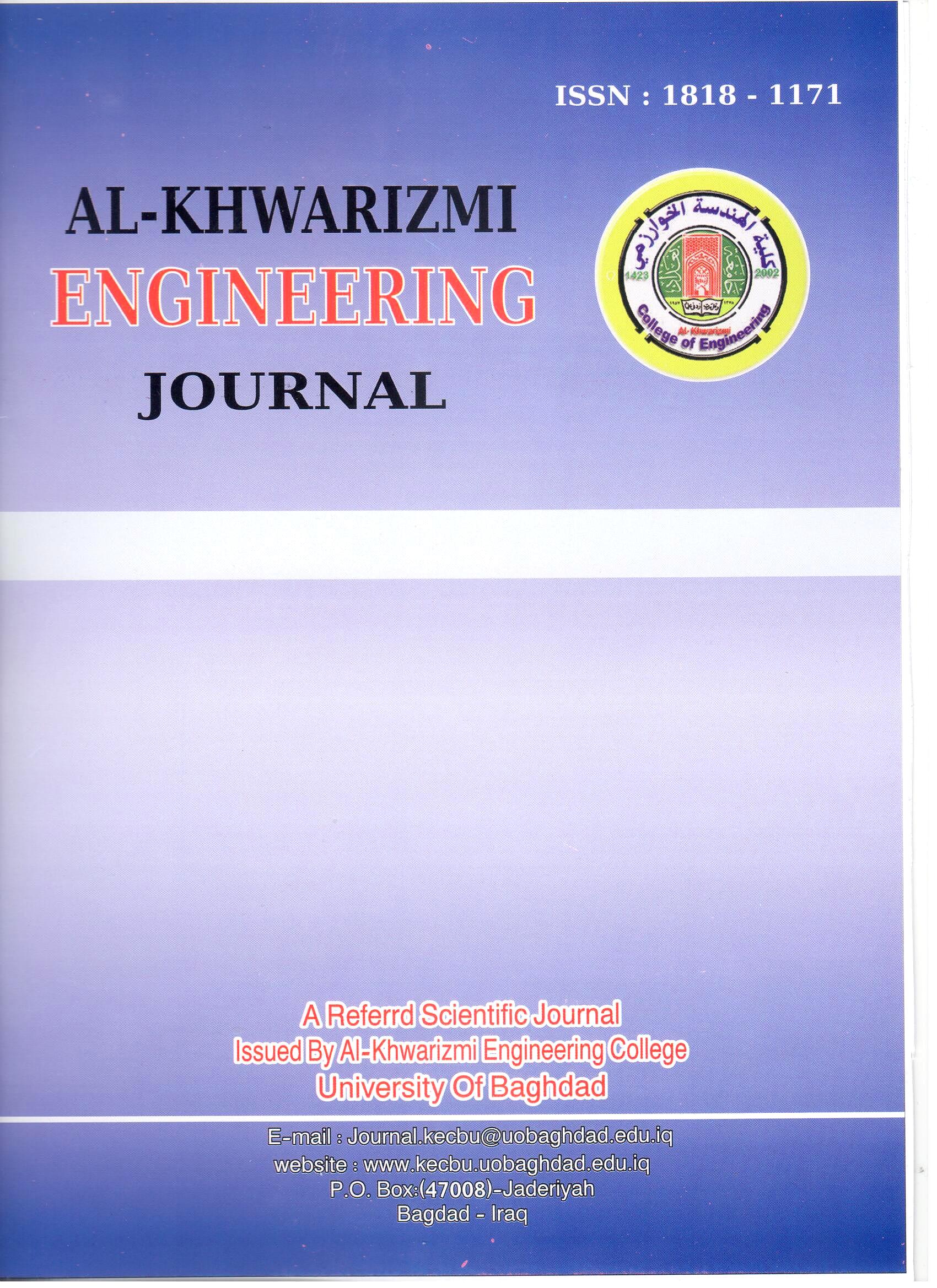The Effect of Oil and Filer Contents on the Porosity of Lead Acid Battery Separators Produced From Polyethylene
Main Article Content
Abstract
In this investigation a high density polyethylene (HDPE) was used as a substitute to polyvinylchloride in the production of lead acid battery separators. This has been achieved by preparing mixtures of different percentages of the feed materials which include a high density polyethylene (HDPE) locally produced, filler materials such as silica and oils such as dioctylphthalate (DOP) or paraffin which were added to the mixture to improve the final properties of the separator. The materials were compounded by two roll-mills under the same conditions. The following parameters are involved:
1- Studying the use of a high density polyethylene as a binder to film components with (15-30) wt.%.
2- Studying the use of finely divided silica sand with (25-45) wt.% as a medium to oil adsorption.
3- Studying the use of two type plasticizers (Paraffin or DOP) with (35-55) wt. %. as a creative medium to films porosity.
The best results of the feed materials in the mixture were selected so as to give the highest porosity using 15 wt. % PE, 30 wt. % filler, and 55 wt. % oil. It has been found that the films with DOP oil give higher porosity.
Article Details
Section
Copyright: Open Access authors retain the copyrights of their papers, and all open access articles are distributed under the terms of the Creative Commons Attribution License, which permits unrestricted use, distribution, and reproduction in any medium, provided that the original work is properly cited. The use of general descriptive names, trade names, trademarks, and so forth in this publication, even if not specifically identified, does not imply that these names are not protected by the relevant laws and regulations. While the advice and information in this journal are believed to be true and accurate on the date of its going to press, neither the authors, the editors, nor the publisher can accept any legal responsibility for any errors or omissions that may be made. The publisher makes no warranty, express or implied, with respect to the material contained herein.

